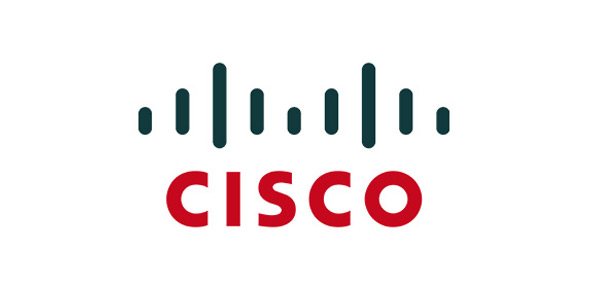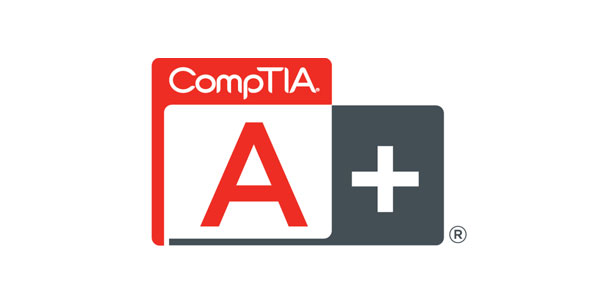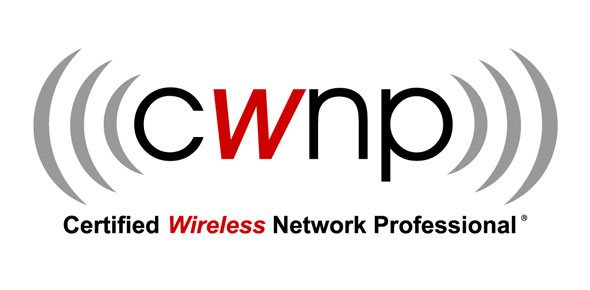Related Flashcards
Cards In This Set
| Front | Back |
|
What is the function of the Data Link Layer?
|
•
Preparing data for transmission and putting it onto the
media.
|
|
What is the PDU used at the Data Link Layer and the purpose for encapsulating packets into
frames
|
It is a frame that allows entry and exit of
data onto the media.
|
|
What are the typical fields that may be encapsulated into a Data Link header or trailer?
|
Header:
Start of Frame End Of Frame Preamble Cyclic Redundancy. |
|
What are the Data Link Sub-Layers?
|
Logical Link Control and MAC.
|
|
What is the function of the Logical Link Control sub-layer?
|
Places information in the frame that identifies which network layer protocol is being used for the frame.
|
|
What is the function of the MAC sub-layer?
|
Controls access onto the media and physical addressing.
|
|
What is the function for Media Access Control?
|
Regulates placement of data onto the media.
|
|
What are the Media Access Control methods used on a shared media network?
|
Controlled (deterministic) and Contention-Based (non-deterministic)
|
|
Define the MAC method: Controlled.
|
Each node has it's own time to use the medium.
|
|
Define the MAC method: Contention-Based.
|
All nodes compete for the use of the medium.
|
|
What are the properties, advantages and disadvantages of the MAC method: Controlled?
|
Only one station transmits at a time.
Devices wanting to transmit must wait their turn. No collisions. Some networks use token passing. Advantages: Well Ordered, No Collisions, Provides Predictable Throughput. Disadvantages: Each device has to "wait it's turn", Only one device can send a frame at a time. |
|
What are the properties, advantages and disadvantages of the MAC method: Contention-Based?
|
Stations can transmit at any time.
Collisions exist. Mechanisms exist to resolve contention: CSMA/CD for Ethernet networks CSMA/CA for 802.11 wireless networks Advantage: Low overhead, anyone can send anytime they want. Dis-Advantage: Collisions, Time used to handle Collisions, Network is down while collisions are being resolved. |
|
What are the basic operations of CSMA/CD?
|
To monitor the media for the presence of a data signal, detect whether the media is free or not, and then sends or delays sending packets if not free.
|
|
What are the basic operations of CSMA/CA?
|
Examines media for the presence of a data signal, if media is free, sends a notification across the media of it's intent to use it. The device then sends the data.
|
|
What networking technology generally uses CSMA/CD?
|
Ethernet.
|






